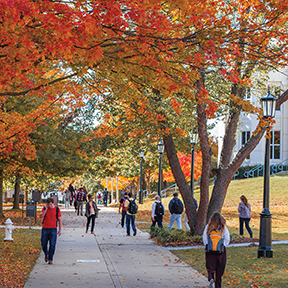![]() "There are many scholarships out there based on merit, financial need, or even artistic performance. Be realistic in your options, but don’t stop looking. Scholarship searches take both time and effort."
"There are many scholarships out there based on merit, financial need, or even artistic performance. Be realistic in your options, but don’t stop looking. Scholarship searches take both time and effort."
—Garrick Hildebrand, senior associate director of scholarships at the University of Arkansas

The rising cost of college is no secret—especially for students looking to go out of state. Fortunately, many states offer reciprocity agreements that allow students to attend college out of state while paying in-state tuition. This map represents the four major tuition reciprocity compacts in the United States, plus some other opportunities.
New York, New Jersey, Pennsylvania, and Washington DC do not belong to any reciprocity compact, but they offer tuition discounts all their own. Contact your counselor or prospective school’s financial aid department for more info.
Two states—North Dakota and South Dakota—belong to both the Western Undergraduate Exchange and Midwestern Student Exchange.
![]() "Some students automatically assume they will not qualify for federal aid, so they do not complete the Free Application for Federal Student Aid. However, many scholarship and grant programs require FAFSA completion, so students miss funding opportunities by failing to submit the form. Apply every year!"
"Some students automatically assume they will not qualify for federal aid, so they do not complete the Free Application for Federal Student Aid. However, many scholarship and grant programs require FAFSA completion, so students miss funding opportunities by failing to submit the form. Apply every year!"
—Wendy Stouffer, executive director of scholarships and financial aid at the University of Arkansas
A Financial Aid Story
- Estimated costs for 2015–2016: $23,679*
- Expected Family Contribution: $0
- Financial Need: $23,679
- *Full-time out-of-state tuition plus double-occupancy room/board and 20-meal plan.
State awards, private scholarships, and institutional funds helped make up Tim’s financial aid package:
- Academic Common Market (in-state tuition voucher) $5,158
- Scholarship from Tim’s church $2,500
- Presidential Scholarship $3,000
- Pell Grant $5,550
- Federal Student Loan $5,550
- Federal Work-Study $3,550
- Total Financial Aid Package $25,308
- Tim can use leftover funds to reduce his loans or purchase books and supplies.



